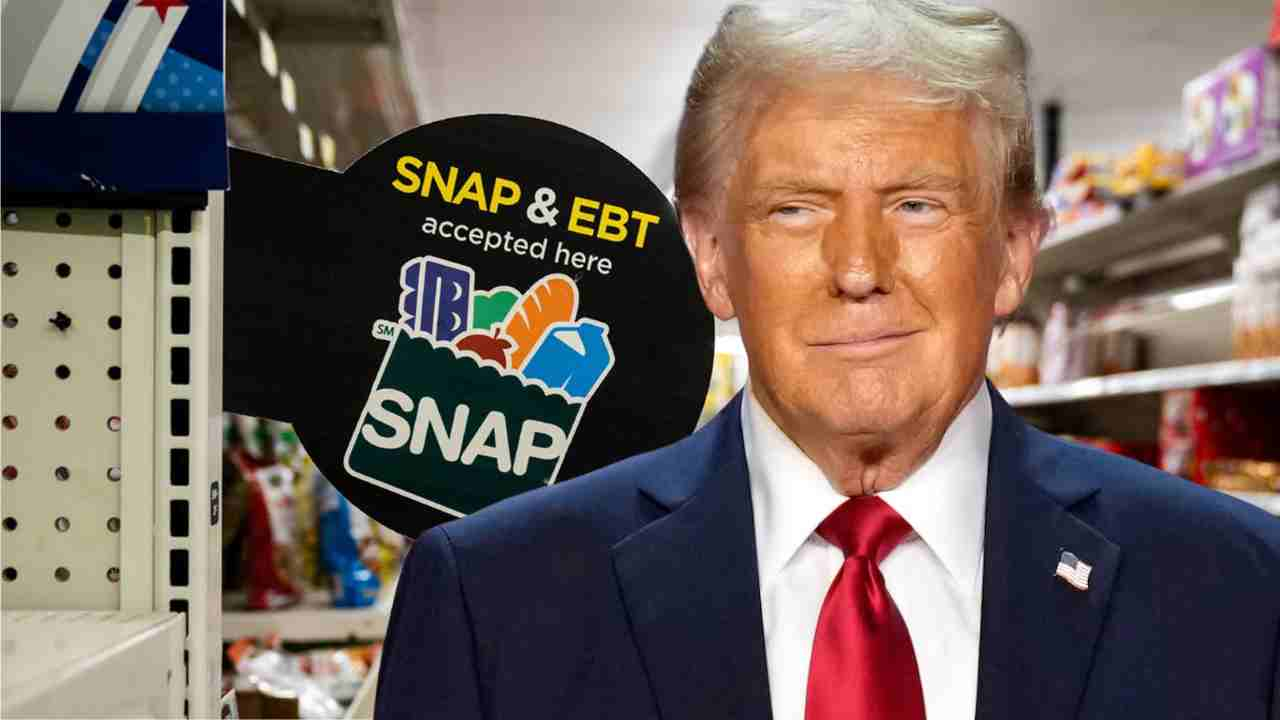The U.S. food assistance system is collapsing under the weight of the ongoing government shutdown. Starting in November, SNAP benefits — relied on by over 40 million Americans will not be distributed, marking one of the most serious blows to low-income families in recent years.
The Department of Agriculture has admitted what many feared: the money’s gone. The emergency reserves are empty, and the unemployment benefits system, already stretched thin, is now tangled in the same budget chaos that froze SNAP. The result? Millions of families face empty fridges and no safety net.
SNAP and Unemployment Assistance in Crisis
SNAP, better known as the Supplemental Nutrition Assistance Program, provides monthly food support to one in every eight Americans. It works through reloadable cards that families use to buy groceries for many, it’s the only steady access to food. But with the shutdown, that lifeline has been cut.
Unemployment insurance isn’t faring better. States are already warning that extended claims and federal supplements could also be delayed or reduced if the gridlock in Congress continues. For families depending on both systems, November could bring a double hit: no food benefits and no unemployment checks.
Why the Money Stopped
The Department of Agriculture refused to draw from its contingency reserve, claiming those funds must be saved for natural disasters or “true emergencies.” Critics argue the current situation is exactly that — a national emergency where millions of people are about to lose basic assistance.
Lawmakers pushed to free up those reserves, but political fighting over the budget stalled every attempt. With no agreement in sight, state agencies are running out of options. A few states, like California and New York, have said they’ll use local funds to bridge the gap but only temporarily. A family of four on SNAP typically receives around $715 a month, which comes to about $6 per person per day. Losing that money means skipping meals, relying on food banks, or going hungry. Local charities and churches are already overwhelmed.
Meanwhile, unemployed workers are facing delayed payments or uncertainty about whether their next benefit will arrive at all. For many households, these programs work together food assistance covers groceries, unemployment covers rent and bills. Losing both at once is catastrophic.
The Numbers Behind the Breakdown
The U.S. welfare system is showing its limits. When the federal government stops, so does the country’s last line of defense for millions. The unemployment system and SNAP benefits were designed to catch people in hard times but now, both are falling through the cracks at once.
For families living paycheck to paycheck, this isn’t about politics or budgets. It’s about dinner. And right now, that dinner might not be coming.

